Amanda Pokki, Parsa Eshragh Roughly, one third of the food produced is being wasted annually. Producers, sellers, and consumers waste tons and tons of food and not a lot is being done about it. Food holds a very high place in many cultures and a lot of celebrations, such as Christmas, have their own respective food in many countries.
Out of the food wasting countries worldwide, The United states and the United Kingdome are two of the biggest contributors to this cause. In America, 40% of the food produced gets thrown away. This waste not only contributes to plenty of economic and financial problems and difficulties; but also contributes to global problems such as world hunger. Alongside the mentioned problems, food waste has a huge impact on the environment. Food articles that get decomposed without air create methane and carbon dioxide; two of the major greenhouse gasses that contribute to the climate change. In the 2014 documentary, “Just eat it: A food waste story”, Dana Gunders describes the food waste situation with the following scenario: “Imagine going to the shop and buying 4 bags of groceries and dropping one bag on the floor, and not bothering to pick it up and let it go to waste.” Habits and misconceptions play a significant role in food waste. Many people purchase products that they don’t need, and just momentarily feel like they want. Others have habits of buying extra amount of food because they believe it’s better to have too much food than not enough. Another major problem also comes from the expenses of donating unwanted food. In many countries and places, producers and donators need to pay a certain fee for the packaging, evaluation and distribution of their unwanted food, so instead, they decide to simply throw it away. Just Eat it: a food waste story also names psychological impacts as one of the reasons why food go to waste. The documentary states that psychology plays a role in this problem. seeing an abundance of products in a store leads to getting the feel of buying a reliable product, as where items that are left alone tend to not sell much. Regarding this topic; John Oliver, the host of last week show, says that we naturally assume last option is a bad option, which can be true, but when it comes to food production, this should not affect our decision. According to a study conducted by Natural Resources Defence Council (NRDC), 91 percent of people have reported to throw out a food product, solely based on its pass of expiry date, and not by how it looks, smells or tastes. This, in many cases, might be the right option; but it should be kept in mind that those dates only represent the time which the manufacturer of the food believes the product to be in a state of selling, which does not necessarily mean it is not consumable and usable. One way of saving the foods which are close to their expiry time is to donate them to the ones in need or to sell them for a cheaper price, for the sake of not throwing it out. An idea which has been successfully acted upon in many countries, including Denmark and Finland. Finland is a fitting example of a country with dedication to prevent food waste. In a 2012 research done by Finnish researchers Silvennoinen K., Katajajuuri J.M., Hartikainen H., Heikkilä L. and Reinikainen A. on food waste in Finland, it was found that “When comparing purchased food amount with food waste, the average waste was about 4-5%. The main discarded foodstuffs were vegetables, home-cooked food and milk products.” This value seats much below the world average and even Europe average; making Finland a successful country in management of food waste. Sources: John Oliver video : https://www.youtube.com/watch?v=i8xwLWb0lLY Just Eat It: http://www.foodwastemovie.com/ Food waste volume and composition in Finnish households, Silvennoinen K., Katajajuuri J.M., Hartikainen H., Heikkilä L. and Reinikainen A. Picture : https://www.calacademy.org/educators/lesson-plans/food-waste-audit Sandhya Naidu In present World, Energy is very important and primary resources required in every sector and industry that may be a manufacturing sector or transportation or performing any household activities. Few decades ago, Non-renewable resources such as petrol, diesel, coal were mainly used to generate energy and fulfil energy requirement of the world. As non-renewable energy is badly effecting a environment in non-reversible way, every industry nowadays is migrating toward energy generated using renewable resources. Renewable energy is more sustainable and environmental friendly, currently most of renewable energy in trend are solar energy, wind energy Biomass fuel energy and now energy generated by human activities are in innovation stage. Before briefly explaining how humans can generate energy? Want to say first YES, Humans can generate energy like solar/wind / Hydroelectricity and out of all renewable energy, Energy generated by human body is more sustainable. One of primary reasons human generated energy is more sustainable is human population is high and it is not dependent on any natural resources like solar energy depends on Sun, Hydroelectricity depends on Water and everyday physical activities of human can generate energy. We human’s various day-to-day activities can contributes to the generation of electrical energy and below are main physical activities by human which can be used to harvest energy along with location
Of all the above activities here discussing briefly Exercise and Kids activities mainly generate more energy compared to other activities due to following reasons
HARVESTING POWER FROM EXERCISE (ECO GYM) Below figure 1shows eco gym infrastructure setup To harvest electric power from exercises
HARVESTING ENERGY (KIDS ACTIVITIES)
Now like to conclude in my article, Energy generated by human activities can play vital role in future for fulfilling energy requirement may not be of industries but can fulfill energy requirements of individual and small energy requirement. REFERENCE
Sofya Kovalevskaya Our daily life is powered by different types of energy. How often do we think about ”Where does this power come from and at what cost?”. Fossil fuels and constant mining are destroying the earth with greenhouse gas emissions. So, is there any other possible way of getting the energy without depleting our planet?  Source: The ecologist Source: The ecologist If you go outside in daytime, most certainly, you will feel a touch of wind and a warmth of sun. Those two are renewable energy sources. (Eia. 2017) And the sun plays a main role in human existence, without it there is no life. Solar radiation, that reaches the earth, is used nowadays as a partial source of energy in many parts of the world. The energy can be converted into heat and electricity. (Eia. 2007) Besides the positive sides, such as solar energy free and unlimited, there are possible negative environmental impacts. 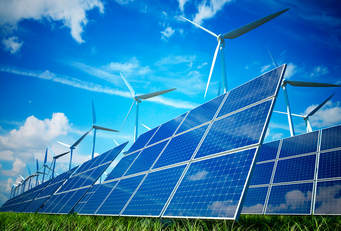 Source: Azernews Source: Azernews One of the ways to convert solar energy into electricity is by using solar power plant. Using solar energy produces no air or water pollution, no carbon emissions. (Eia. 2007) In many countries people started installing solar panels on the rooftops of their houses. Also, massive solar farms can be observed outside of cities in a desert-like areas. Solar panels seem like a very “clean energy” source, but there is other side to it. The large solar thermal farms can harm desert and fields ecosystems if not properly managed. Let’s take the Sahara Desert, as an example. According to an article published in September 2018 in the Science magazine, there is an ongoing project to install a big amount of solar power plants in the desert.  Source: Sci-news Source: Sci-news Scientists predict, that the presence of a large arrays of solar panels could change the reflectivity of the land, in a way that panels prevent sunlight from being reflected back into the atmosphere. This effect alone can potentially start changing the local climate. (Science. 2018) The energy demand of the whole world is growing, therefore the future studies and experiments will reveal more potential advantages and disadvantages of solar power usage. References
TA
Energy efficiency, sustainable energy or sustainable energy efficiency? What is it all about? Here, I’m talking about the way energy is used in this world and varies among the variety of species living in Nature. But are humans the only group of those species to have created a problem with it? Why we need to constantly create a new ways to harvest energy to its maximum potential? We need to survive. When trying to come up with the idea to understand the notion about how we use energy in our daily lives, it brings us to a different perspective on this issue. It’s not about the type of energy we need but how we consume energy in the first place. The very first thought of some activity that you are about to put your energy in, is more essential to everybody else around you, than the type of energy you use for your utilities. One might think now that the whole idea is completely reversed. But is it? Isn’t the most effective input output ratio the most important issue in energy? Does it matter at all how we harvest energy in our own lives compared with the use of energy for utilities? If yes, the question then is about harvesting energy in our own lives. But what about our output then? How do you spread around that energy you have produced? And more importantly what type of energy is that then? Do I have a choice on what type of energy I can receive from you? What about your energy waste? Does it pollute your immediate atmosphere? Is it worth to make your energy sustainable? Perhaps now the point of view on energy have change a bit from where this all started. You should now come up with the ideas for saving energy or making it more efficient much more easily. Right? You just control your input output ratio, it will be all fine. But why does it get so difficult with energy when humans are handling machines? Skipping the obvious laws in Physics and Chemistry that brings the limitations, and the solutions for developing various types of energy that are self-sufficient. What do we gain by that? But are we talking about the same definition of energy anymore? What is energy? Is it simply put something that we only use or consume? You have breakfast every morning. Then you have lunch, dinner and perhaps an evening snack. But do you use the energy from the food you eat? Or do you just naturally consume energy as you go along the way? Do we consume the energy that is in the wind or use the energy got from the wind? So, what is energy now? Is it something that is better to efficiently use it or just sustainably consume it? Five (5) Eco-friendly labels that will help to guide the way you buy.As we know, fast fashion leads the way in the apparel industry, but not every clothing company follow their rules. There are several companies deeply involved in the sustainability of clothing items and the process behind them. In this article we bring together five (5) eco-friendly labels that will help you to make a better choice at the time of purchase, based on sustainability concepts. 1. SUSTAINABLE APPAREL COALITION – HIGG INDEX. Together with competitors form apparel, footwear and textile industry, they have developed the Higgs Index. Nowadays, more than 10,000 manufacturers around the world use the index to accurately measure and score a company or product’s sustainability performance at every stage in their sustainability journey. For more information about this tool, please go to www.apparelcoalition.org 2. BLUESIGN With a similar approach, Bluesign is heavily committed to the regulations for sustainable processes and products. With strong control systems over water and air emissions, chemicals and waste management, this brand have a huge positive impact in the whole textile industry. For more info go to www.bluesign.com 3. GLOBAL ORGANIC TEXTILE STANDARD (GOTS). The Global Organic Textile Standard (GOTS) leads worldwide in terms or standards for processing textiles of organic fibers, where is also included ecological and social conditions. The GOTS aims to ensure the organic status of the final produce all along its production chain, from harvesting to labeling and to facilitate a global commercialization under one single certification. Its criteria is very wide, and in general terms it includes:
For more information go to www.global-standard.org 4. OEKO-TEX - Marimekko With a wide line of products for companies, OEKO-TEX represents a very trustworthy system based on sustainability. Among all companies certified to ensure responsible and sustainable management of processes and products, the Finnish brand Marimekko, work along with OEKO-TEX Standards. For more information, go to www.oeko-tex.com 5. SEDEX Tens of thousands of companies use Sedex to manage their performance around labour rights, health & safety, the environment and business ethics. For more info, go to www.sedexglobal.com REFERENCES
Ajda Lotric Water covers 71% of the whole earth surface and roughly about 96% of that water are oceans. So fairly simply stated, oceans are the majority of everything in the world. It is a deep, dark, enigmatic and never-ending desert that is hiding many unbelievable secrets and most of it hasn't yet been explored. Oceanography or the science of oceans is the area of science covering oceans. It covers many aspects, from waves and currents to the tectonics of the earth’s crust at the very bottom. But this post is not going to go deep into the mysterious world of oceans at unimaginable depths and all the secrets, but it is going to stay more or less on the surface. The vast and mysterious ocean horizon (Source: https://www.globalcitizen.org/en/content/ocean-dead-zones-quadrupled-1950/) Not a lot of people think that there are impacts from our everyday environmental problems that affect a surface as vast as the oceans as much as the atmosphere and land. Not many even know how much the global climate change is affecting all the aspects of the oceans’ nature. Climate change is not a terrible thing to happen – it happened in the past and it will happen in the future. But the effect that human activity has on the speed of climate change is significant for the environment. In every aspect.
By Fuad AshrafPhoto by XPRIZEWith the upcoming challenges to save our planet and to prevent crossing the limit where we consider moving to Mars, as Elon Musk brings us closer to this idea. We as one unit, need to collaborate to make our home planet Earth sustainable for countless upcoming generations. |
Want to be an author?Write for us and we will publish your writing right here on our blog! It can be about anything related to environmental engineering Archives
May 2019
Categories
All
|
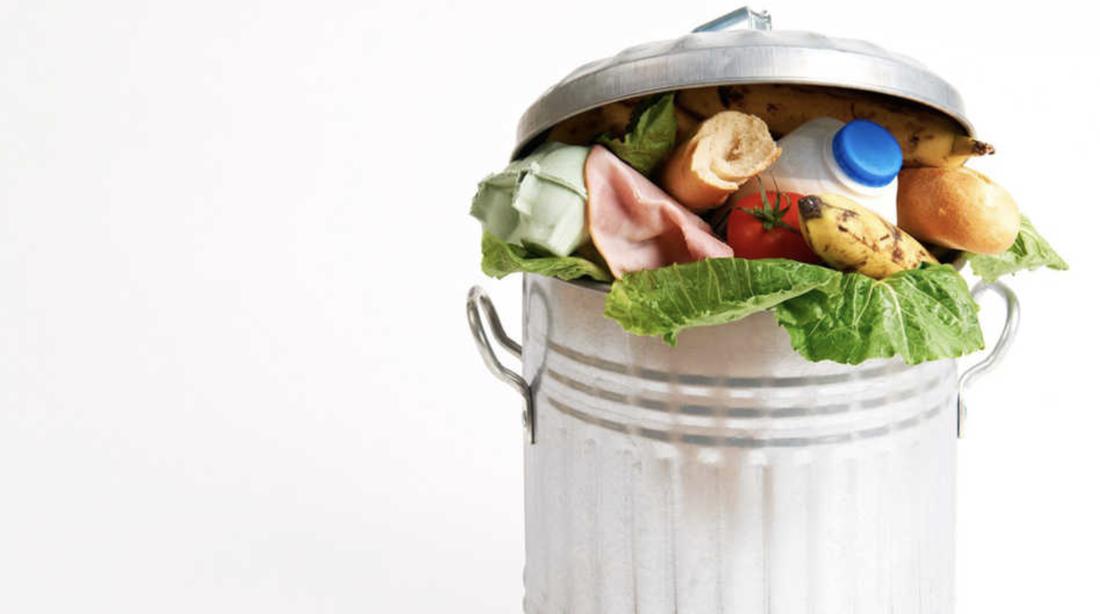
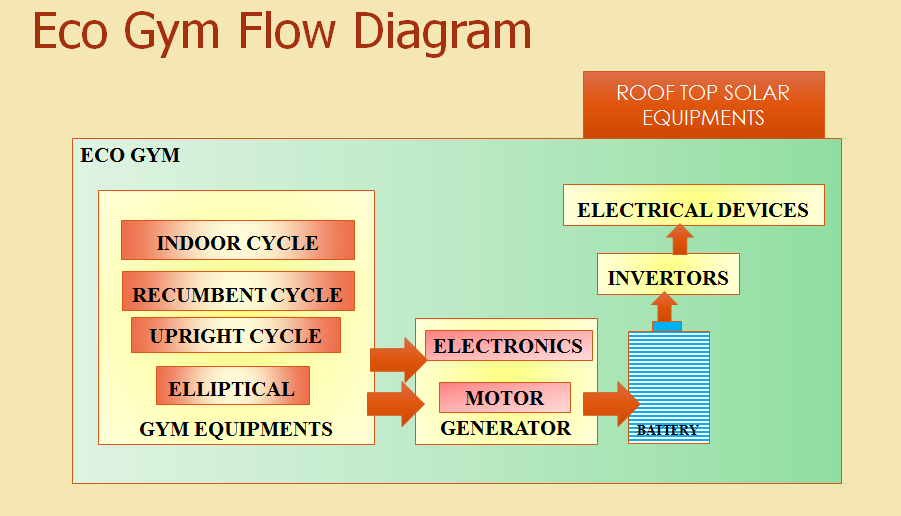



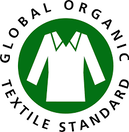



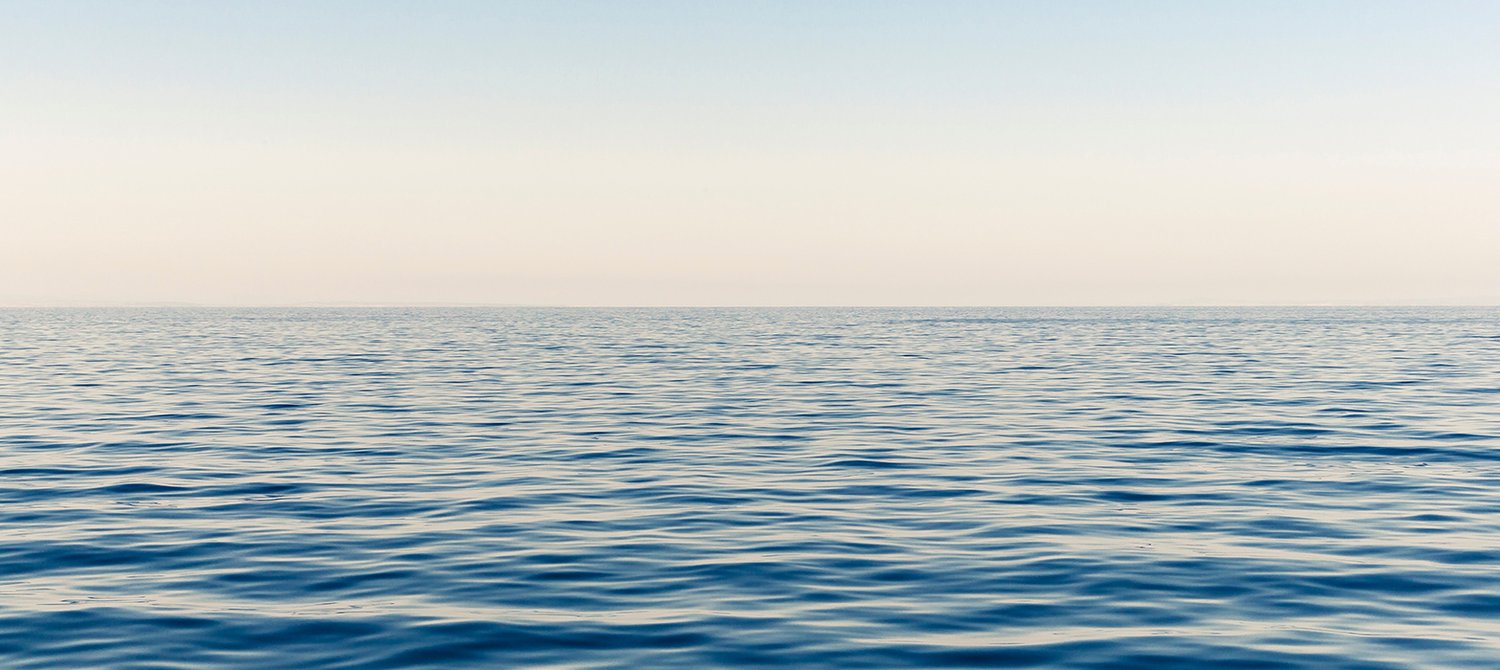
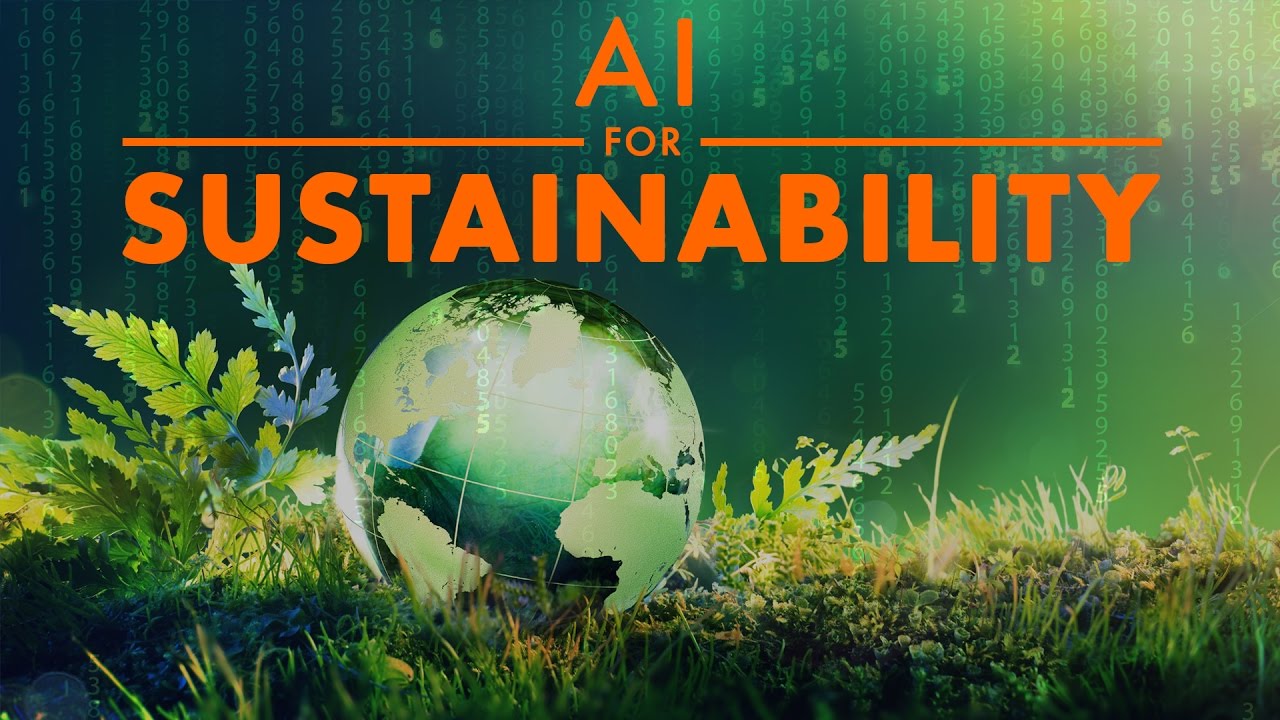

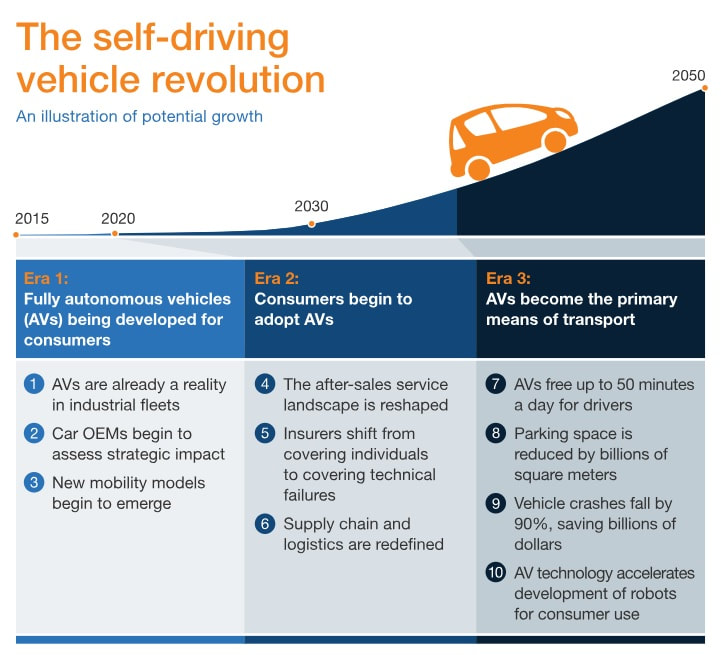
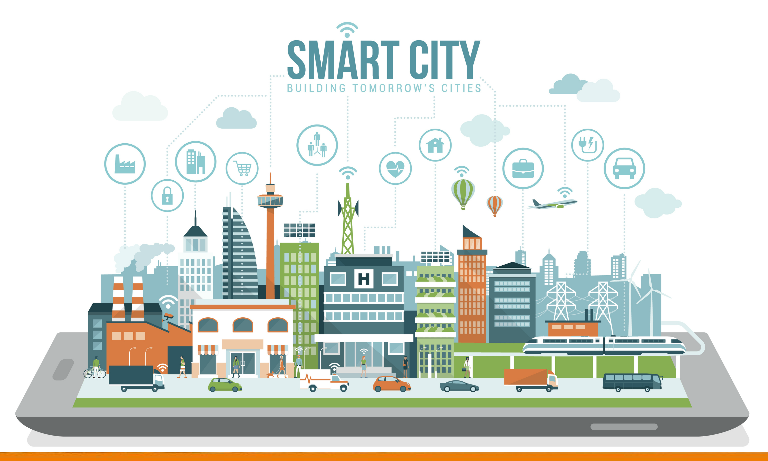




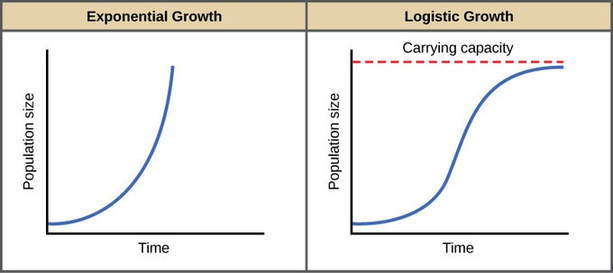
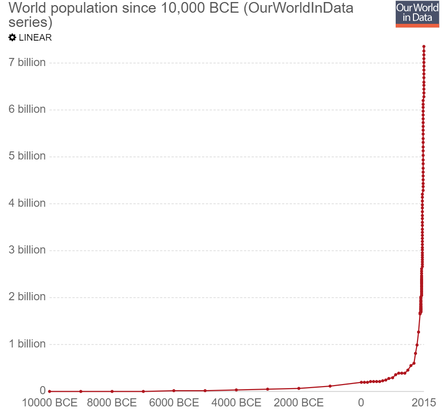

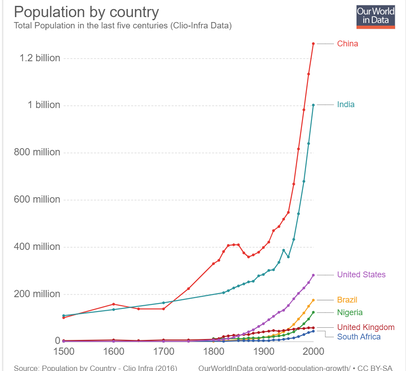
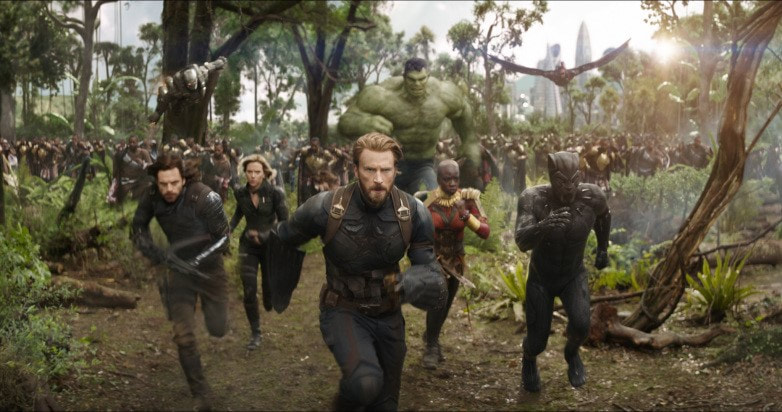



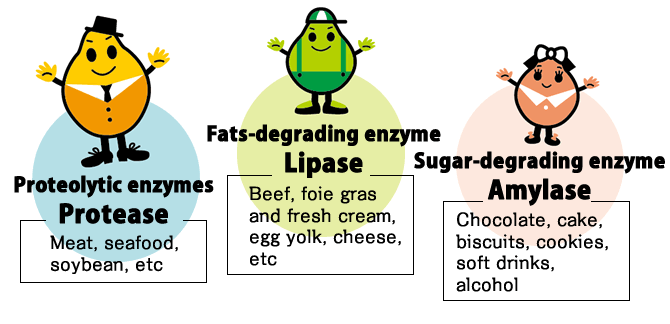
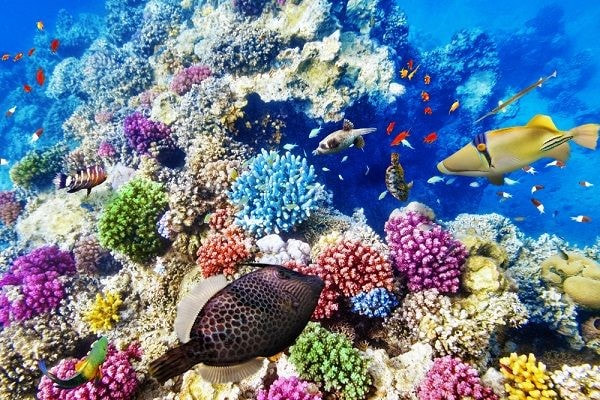
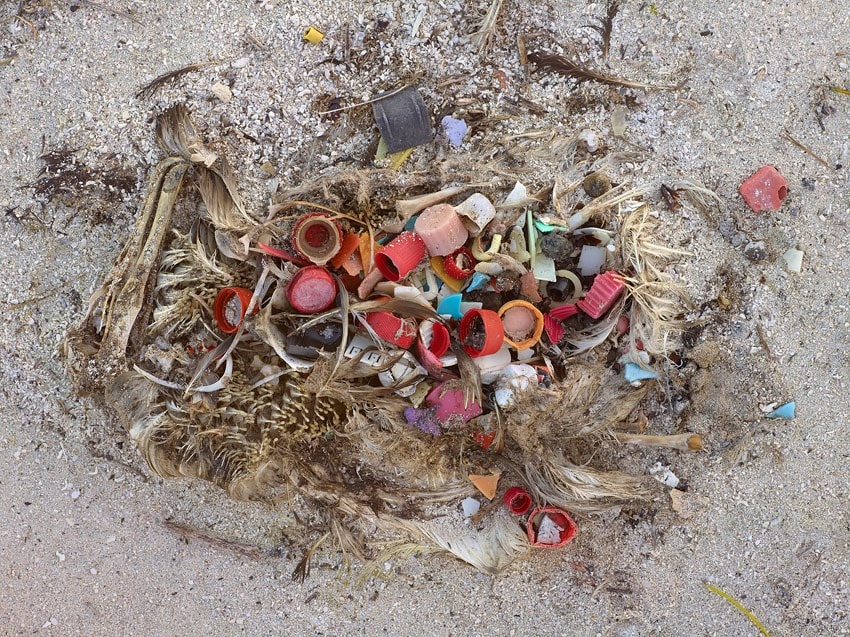
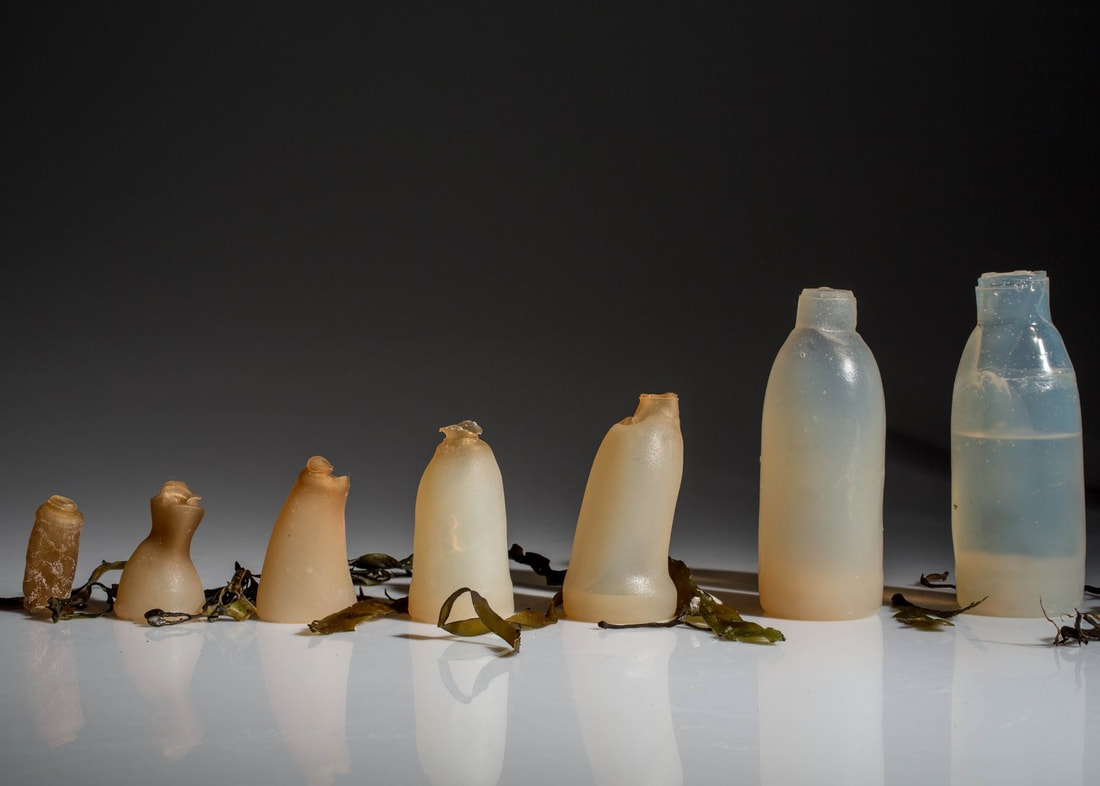
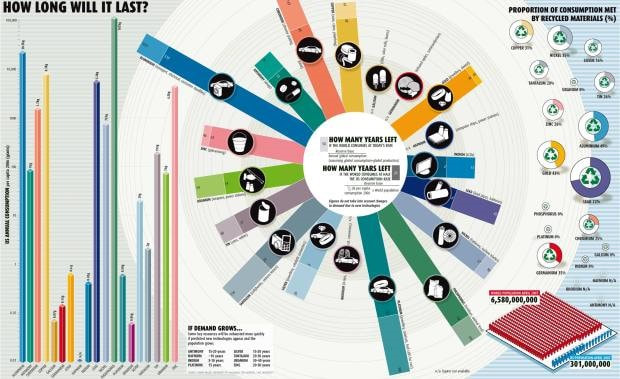

 RSS Feed
RSS Feed
